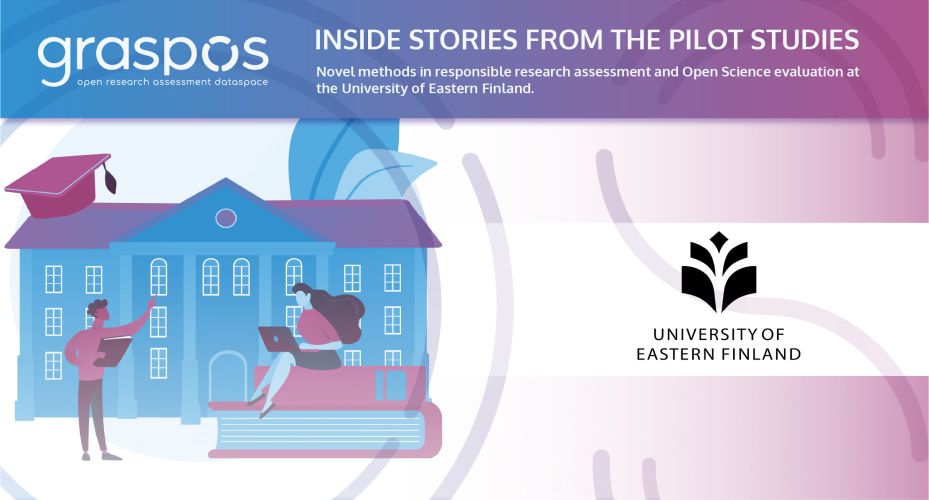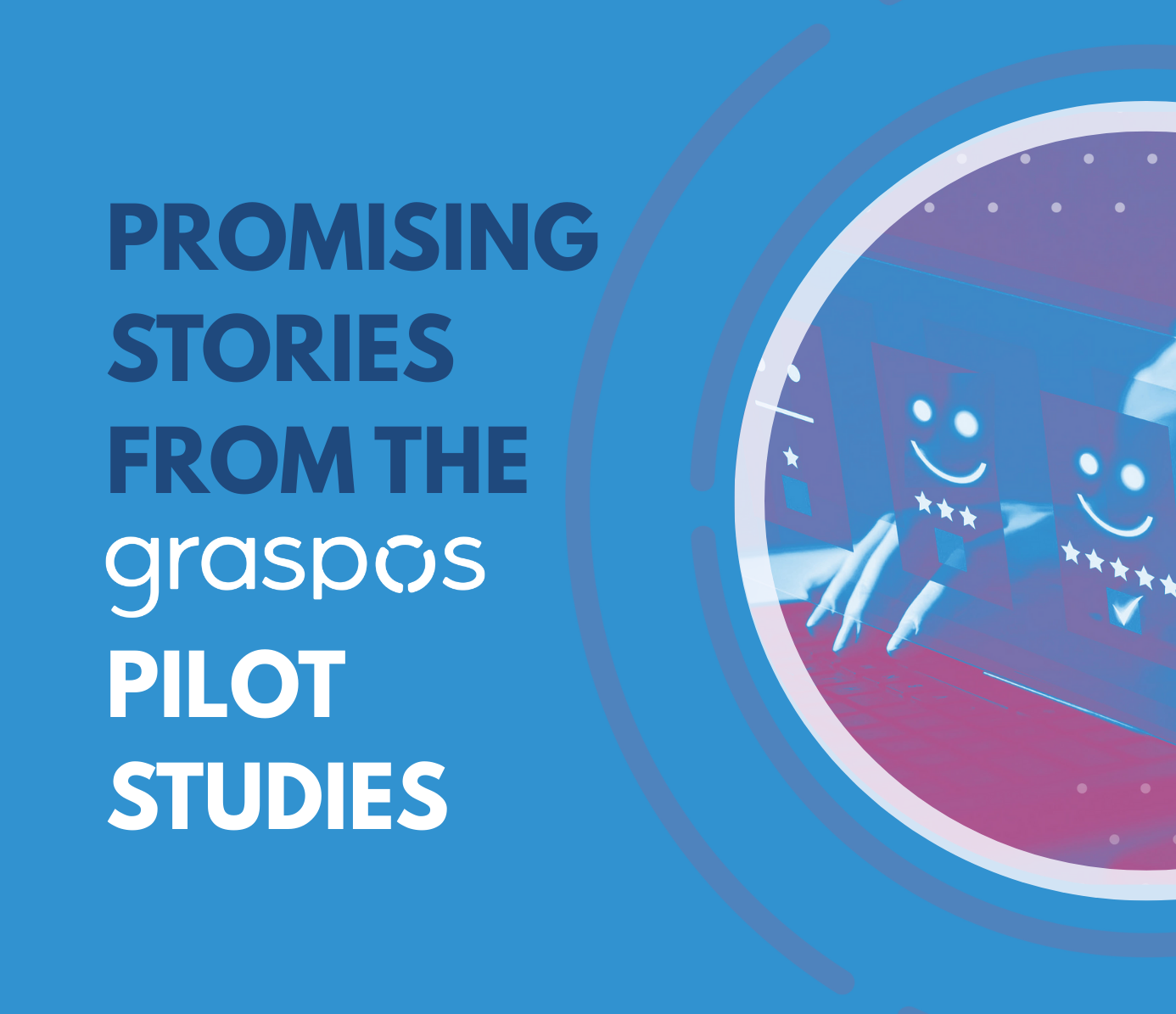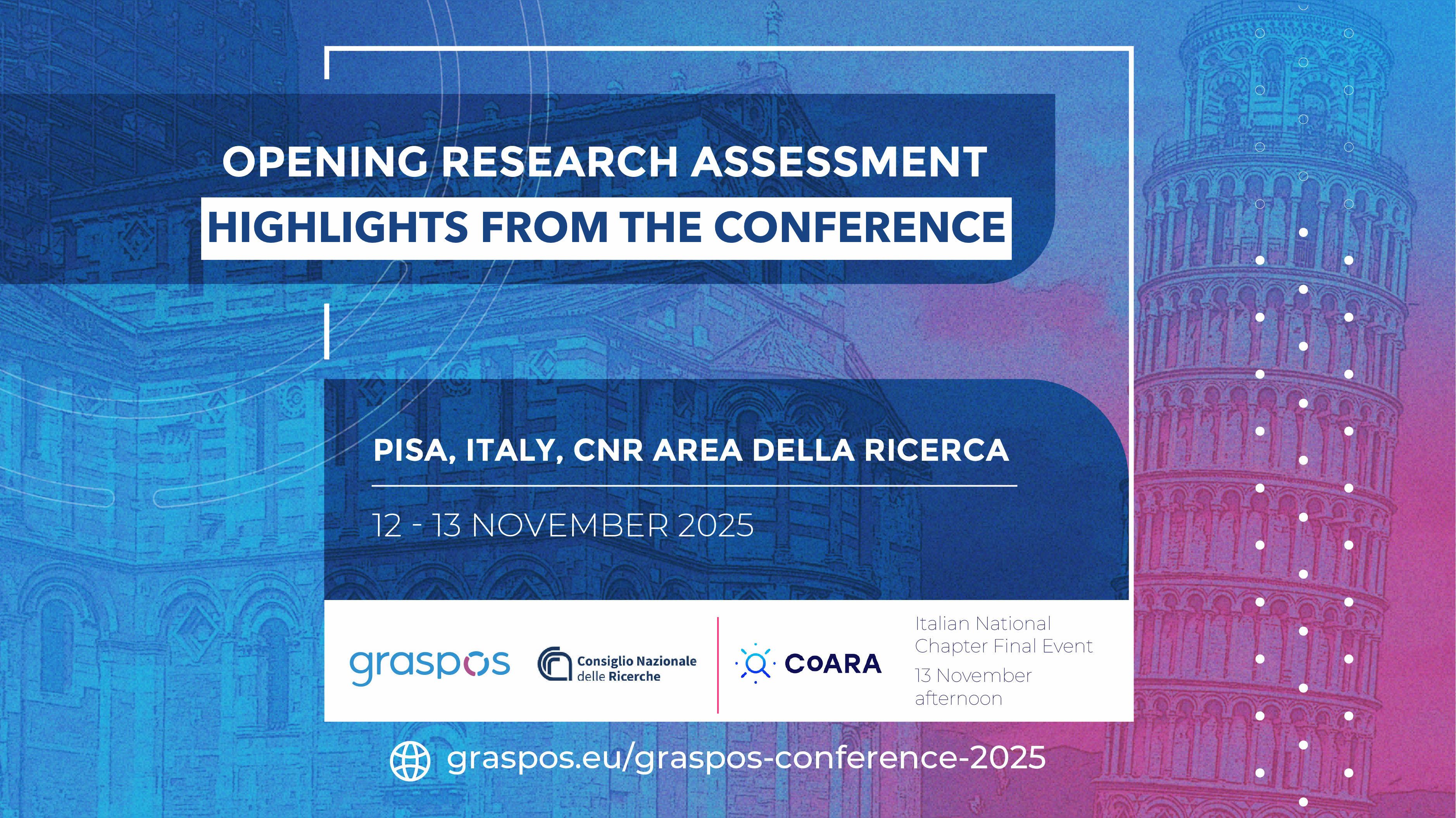Novel methods in responsible research assessment and Open Science evaluation at the University of Eastern Finland

THE INSIDE STORIES PROVIDE INSIGHT INTO THE GRASPOS PILOT STUDIES, PRESENTING THE AIMS AND CURRENT STATUS OF THEIR ACTIVITIES. LEARN ABOUT WHAT THE PILOTS ARE UP TO AND HOW THEY AIM TO BRING OPEN SCIENCE AND RESEARCH ASSESSMENT TOGETHER.
We had the pleasure to exchange with Katri Rintamäki and Heikki Laitinen, both working at the University of Eastern Finland (UEF), on the pilot they are working on. In this pilot, UEF will be using novel methods to evaluate Open Science and enable responsible research assessment.
 .
. 
KATRI, HEIKKI, CAN YOU TELL US WHERE THE PILOT TAKES PLACE AND WHAT ARE THE MAIN OBJECTIVES?
The pilot takes place at the University of Eastern Finland (UEF), a multidisciplinary university consisting of four faculties: philosophical, science and technology, health sciences, and social sciences. The UEF scientific community comprises 16.000 students, 16.600 adult education students, and 3.200 staff members.
The UEF pilot utilises new methods to evaluate open science and enable responsible research assessment by analysing and assessing less-used indicators for open science activities. The pilot explores the possibilities to use new methods in the university’s knowledge management, impact assessment, responsible research assessment and open science evaluation. Therefore, we can say that the UEF pilot aims to find innovative ways to promote Open Science.
WHAT PROMPTED THE DEVELOPMENT OF THIS PILOT STUDY?
University of Eastern Finland (UEF) is one of nine pilots included in GraspOS to ensure that the indicators, tools, services and infrastructure applied in assessment or monitoring are based on community needs. UEF participates in GraspOS as an affiliated entity to CSC – IT Centre for Open Science in Finland. The UEF pilot focuses on Open Science-enabled research assessment at university level. In its Strategy 2030, UEF commits to being a pioneer of Open Science and science communication. The aim is that Open Science and an open operating culture improve the quality and impact of research, and that the use of research findings by society is intensified and science reaches an increasing number of people.
Every year, the Ministry of Education and Culture in Finland collects data on scientific publications from higher education institutions and state research institutes. The publication metadata is made publicly available in the national research.fi service. Along with other Finnish universities, UEF collects annually publication data and data on research activities in its UEF Current Research Information System (CRIS) database. All the data that is collected into local CRIS databases is not exported to the national research.fi portal. The starting point for examining UEF CRIS data is information economics: whether data is sufficient; whether some data is missing; whether the collected data is utilised; what is the usability of CRIS; and how to make better use of underused data. The ideal is to find users and good use for the collected data.
CAN YOU TELL US MORE ABOUT WHICH ASPECTS OF OPEN SCIENCE YOU ARE LOOKING INTO IN RELATION TO RESPONSIBLE RESEARCH ASSESSMENT?
We are looking especially into the aspects of open publishing and open culture. We examine how less-used publication indicators, such as multilingualism, domestic publishing, and popular publications aimed at the general public, could be used to visualise the openness and societal impact of research. Similarly, we map out what kind of research activity indicators, such as peer-reviewing, expert tasks, and citizen science activities, can be used to visualise the culture of open scholarship.
WHAT STAGE IS THE PILOT CURRENTLY IN? ARE THERE PRACTICAL APPLICATIONS OR POLICY IMPLICATIONS YOU WOULD LIKE TO SHARE WITH US?
At the moment we are analysing UEF CRIS’s less-used publication indicators and research activities in order to explore possibilities to utilise them as indicators for open science.
Widely used publication and citation rates are largely indicators for the scientific community itself. Less-used research activity indicators could highlight the social impact of research. Openness and popularisation are conducive to the use of scientific knowledge at lower levels of education, in business life, in public authorities and in political decision-making. In our pilot we aim to create recommendations on how to utilise CRIS data in a new way and what new data could be collected and utilised. We use UEF CRIS as a case example of how CRIS data could be used and developed in the future. One citizen science indicator that we would like to recommend as a new research activity indicator is the university's school collaboration and the inclusion of pupils in primary, secondary and high school in citizen science. Cooperation with different levels of education builds the future of universities.
IS THERE ANYTHING ELSE YOU WOULD LIKE TO ADD OR HIGHLIGHT ABOUT THE PILOT STUDY BEFORE WE CONCLUDE?
In this pilot study we aim to find semi-quantitative indicators that could be used in addition to narratives in open science evaluation and in responsible research assessment.
Thank you Katri and Heikki for sharing this story!



